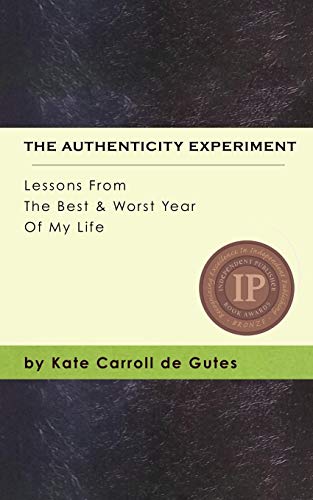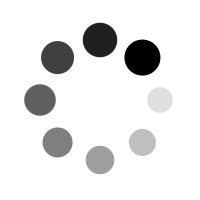Prose
The Authenticity Experiment: Lessons From The Best & Worst Year Of My Life
In 2012, Kate Carroll de Gutes found herself at a rest stop “ruined with anxiety. And when I say ruined, I mean in a car, in hundred-degree weather, with all the windows rolled up, sobbing and crouched in the passenger’s seat rocking and waiting for the Ativan to take effect. I posted on Facebook, ‘Hello, Redding. Dear gods yer hot.’ A funny post that let my family and friends know where I was, but not how I was.”
De Gutes didn’t yet understand how insidious social media had become—with pictures of risotto and bike rides, images of nights at the theater—all of it curated to show a wonderful life, regardless of what was really occurring. But when her editor, her best friend, and her mother all died within ten months of each other, de Gutes could no longer keep up the charade.
She began The Authenticity Experiment as a 30-day challenge, wondering if she could be more honest about her days. She used social media as her new back fence, a place where she could stand and talk to her “neighbors” about the good and bad. The essays resonated with a wide audience, so de Gutes kept writing, chronicling the dark and the light, and putting it out there for everyone to see.

Prose
The Authenticity Experiment: Lessons From The Best & Worst Year Of My Life
In 2012, Kate Carroll de Gutes found herself at a rest stop “ruined with anxiety. And when I say ruined, I mean in a car, in hundred-degree weather, with all the windows rolled up, sobbing and crouched in the passenger’s seat rocking and waiting for the Ativan to take effect. I posted on Facebook, ‘Hello, Redding. Dear gods yer hot.’ A funny post that let my family and friends know where I was, but not how I was.”
De Gutes didn’t yet understand how insidious social media had become—with pictures of risotto and bike rides, images of nights at the theater—all of it curated to show a wonderful life, regardless of what was really occurring. But when her editor, her best friend, and her mother all died within ten months of each other, de Gutes could no longer keep up the charade.
She began The Authenticity Experiment as a 30-day challenge, wondering if she could be more honest about her days. She used social media as her new back fence, a place where she could stand and talk to her “neighbors” about the good and bad. The essays resonated with a wide audience, so de Gutes kept writing, chronicling the dark and the light, and putting it out there for everyone to see.

